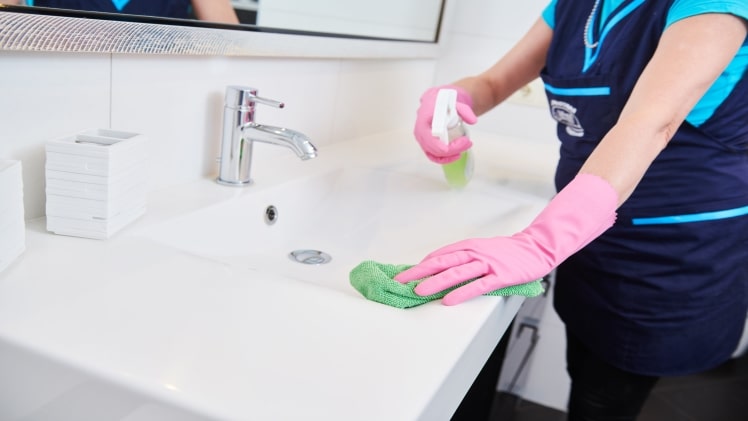When we talk about cleaning, it is often about removing visible soil, organic materials, and microorganisms from surfaces. This process helps reduce the number of germs on surfaces, which can then be removed through disinfecting. While cleaning is beneficial, it does not necessarily kill germs. A thorough cleaning should include the elimination of all pathogens present, so it’s important to follow a regular cleaning regimen. This article will look at the 6 stages of cleaning and the importance of using good cleaning practices.
The process of disinfecting starts with cleaning, removing dirt, impurities, and germs from surfaces. Afterwards, sanitization is used to reduce the bacteria and reduce the risk of infections. Despite this, cleaning does not ensure that surfaces are totally germ-free. It may leave traces of residue that can cause infection. For these reasons, it’s essential to disinfect surfaces and objects with disinfecting agents. This can reduce the risk of infection and minimize the spread of germs.
Disinfecting is an important part of the cleaning process. It’s an essential aspect of health, and will decrease the likelihood of contracting an illness or disease. It can also help reduce the number of germs in the area. During the cleaning process, we use soap and water to remove dirt, marks, and sanitizing agents to lower the bacteria count and eliminate any infection risk. Cleansing is the first step in disinfecting and will reduce bacteria levels to a safe level. Although disinfectants do not kill every virus or bacteria, they can help reduce the chances of getting a cold or an infection.
In addition to disinfecting, cleaning can improve the environment. It is the first step in the process. It removes visible dirt and marks, making it easier to remove microscopic germs later on. After the cleaning stage, sanitizing is used to reduce the amount of bacteria and reduce the risk of getting an infection. However, sanitizing is not 100% effective, and it may not kill all viruses. So, there are several steps to disinfect a surface.
Cleaning is an important part of disinfecting. It removes visible dirt and other impurities, thereby reducing the number of germs. It also reduces the risk of infection. Besides that, disinfecting can reduce the number of bacteria and viruses that are present on surfaces. It is also an important part of the cleaning process. In addition to cleaning, disinfecting can improve the quality of life of patients and staff. It can reduce the risk of infections by lowering the risk of infection.
The first step of disinfection is cleaning. It removes visible dirt and stains, which makes it easier to remove microscopic germs later. After cleaning, sanitization will be done to reduce the amount of bacteria and viruses. It will reduce the risk of infection, but may not completely eliminate them. If the disinfectant is too hot, it will cause the contamination to spread. This means that it is essential to thoroughly clean the surface.

